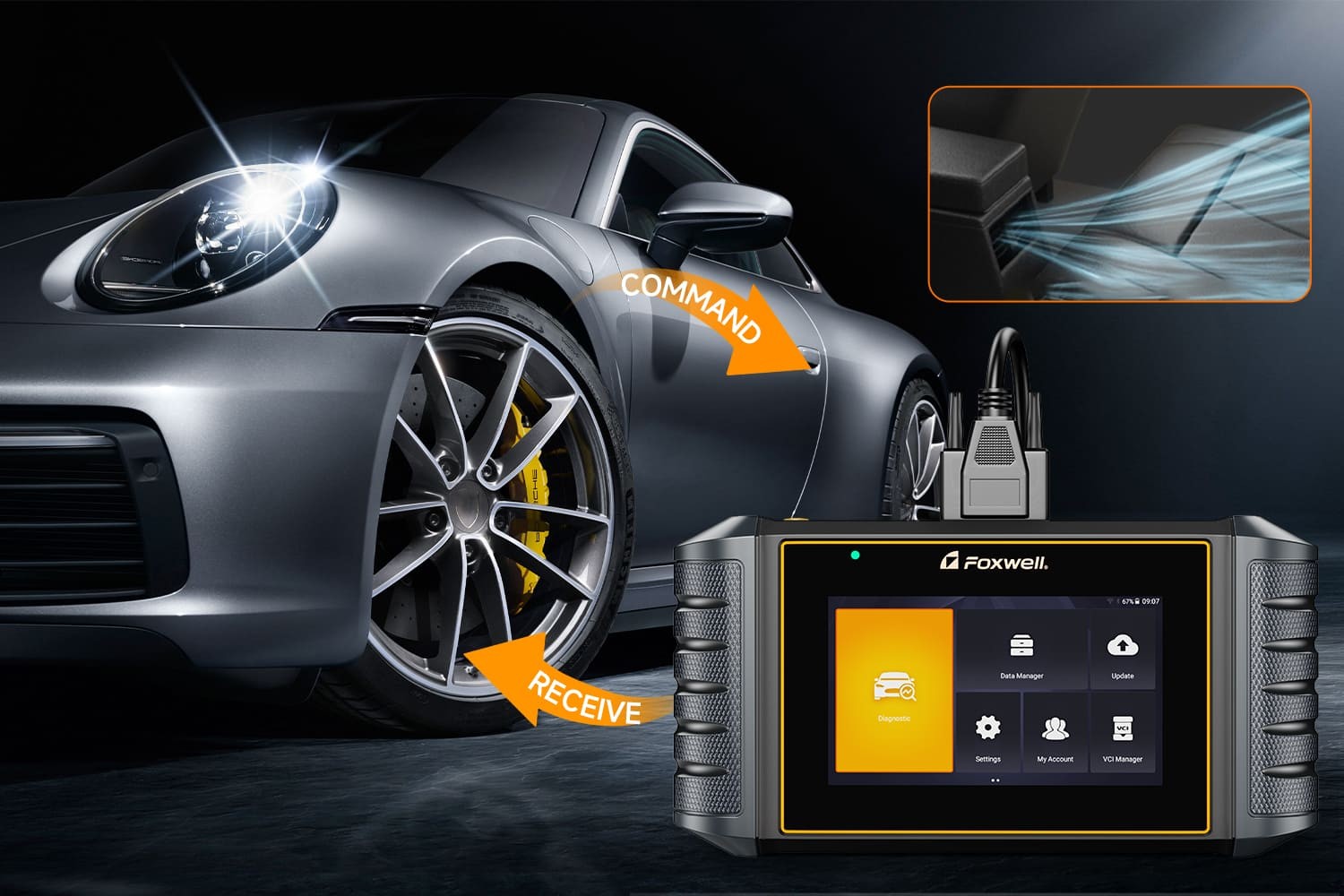Leaving an OBD2 scanner plugged into your car’s OBD2 port while driving is a common question among car owners. The short answer is yes, you generally can. However, there are several factors to consider before making it a regular practice. This article will explore the pros and cons, safety precautions, and expert opinions regarding driving with an OBD2 scanner plugged in.
Why Drive with OBD2 Plugged In? Real-Time Monitoring and Diagnostics
Many drivers choose to leave their OBD2 scanners connected for continuous monitoring of their vehicle’s performance. This provides real-time data and immediate alerts, offering several key advantages:
Early Problem Detection
A plugged-in OBD2 scanner acts like a constant health check for your car. It can detect minor issues before they become major problems, potentially saving you from costly repairs down the line. For example, a slight change in engine temperature or fuel pressure can be identified and addressed promptly.
Immediate Fault Code Alerts
Instead of waiting for a check engine light to illuminate, an OBD2 scanner can notify you of fault codes as soon as they occur. This allows for immediate action, preventing further damage or breakdowns.
Performance Monitoring and Optimization
OBD2 scanners can track various performance parameters, such as speed, RPM, fuel consumption, and engine load. This data can be used to optimize driving habits for better fuel efficiency and overall performance. Analyzing this data can help you understand how your driving style impacts your car’s performance and efficiency.
Data Logging for Diagnostics
By continuously recording data, an OBD2 scanner can help diagnose intermittent problems that might not be apparent during a regular check-up. This historical data is invaluable for mechanics, providing them with a comprehensive picture of the vehicle’s behavior over time.
Potential Downsides: Battery Drain and Distractions
While driving with an OBD2 scanner plugged in offers numerous benefits, there are potential drawbacks to consider:
Battery Drain Concerns
Leaving an OBD2 scanner plugged in continuously, especially in older vehicles or when the car is parked for extended periods, can drain the battery. Modern scanners consume minimal power, but this can still be a concern for infrequent drivers.
Driver Distraction
Constantly monitoring real-time data from an OBD2 scanner can be distracting, potentially leading to unsafe driving conditions. It’s crucial to prioritize road safety and avoid interacting with the device while driving. If you need to check data, pull over to a safe location first.
Expert Opinions and Safety Precautions
Automotive experts generally agree that using an OBD2 scanner while driving is safe if done responsibly. They recommend the following precautions:
- Invest in a High-Quality OBD2 Scanner: Reputable brands offer reliable devices that are less likely to malfunction or interfere with your vehicle’s electronics.
- Manage Battery Usage: If you’re concerned about battery drain, unplug the scanner when not in use, especially for overnight parking or extended periods of inactivity. Consider a scanner with an automatic shut-off feature.
- Minimize Distractions: Avoid interacting with the scanner while driving. Set up audio alerts for critical issues and review detailed data only when parked safely.
Conclusion: Driving with OBD2 – A Useful Tool, Used Responsibly
Driving with an OBD2 scanner plugged in can be a valuable tool for monitoring your vehicle’s health and performance. However, it’s essential to weigh the benefits against the potential drawbacks and take necessary precautions to ensure safe driving practices. By understanding these factors and using the device responsibly, you can leverage the power of real-time diagnostics without compromising safety.

